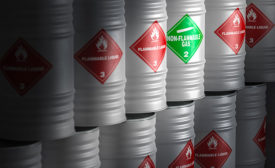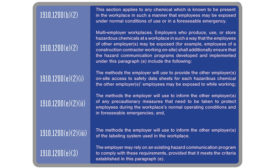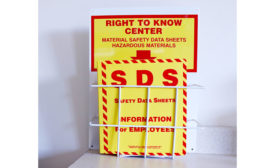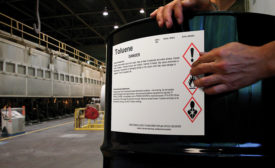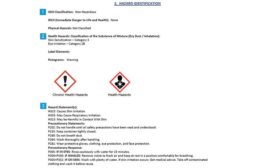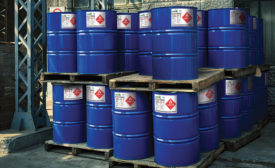Home » Keywords: » Safety Data Sheets
Items Tagged with 'Safety Data Sheets'
ARTICLES
Centralized data collection elevates risk prevention
Leverage worker observations
February 3, 2020
7 key features of today’s cutting-edge chemical management software
Game-changing chemical management
August 1, 2019
Centralized software reduces errors & increases security
Ditch the spreadsheets
July 3, 2019
2019 top standards- OSHA Most Frequently Violated Standards
OSHA hazard communication standard
Hazard Communication (1910.1200) OSHA’s hazard communication standard was the second most-frequently cited agency standard in FY 2018.
January 7, 2019
How to develop a robust oversight management program
When contractors come on site
October 31, 2018
EVENTS
Webinar Sponsored Webinars
4/30/24 to 4/30/25
Contact: Amy Jackson
How to Prevent the Most Common HazCom Violations: An In-Depth Look at OSHA Citations!
Become a Leader in Safety Culture
Build your knowledge with ISHN, covering key safety, health and industrial hygiene news, products, and trends.
JOIN TODAYCopyright ©2025. All Rights Reserved BNP Media.
Design, CMS, Hosting & Web Development :: ePublishing




